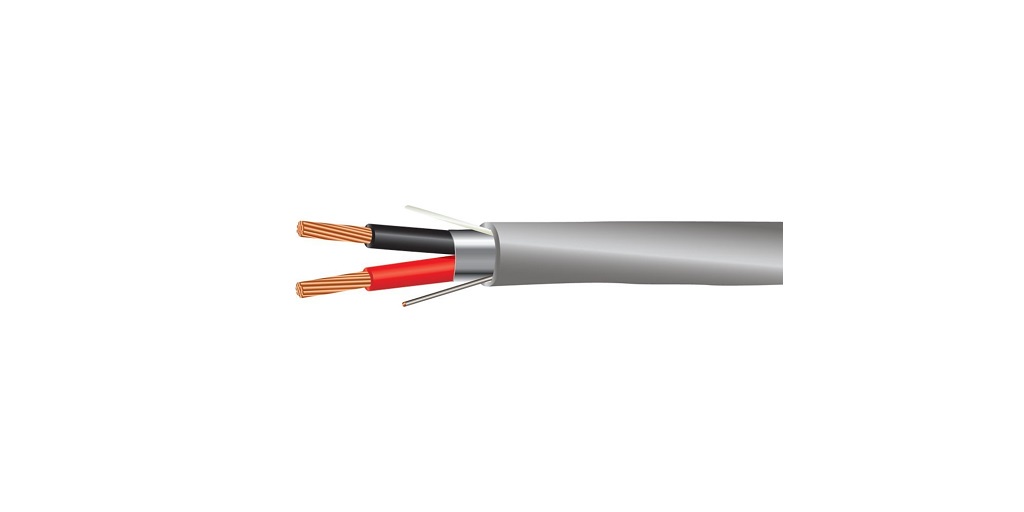When it comes to security systems, understanding the specifications and labels on security alarm cables can be a little bit like deciphering the secret code to seamless protection—especially if you’re not accustomed to the terms involved.
For those entrusted with safeguarding homes, businesses, and critical infrastructure, knowing how to interpret these labels can make all the difference between a secure environment and a vulnerable one.
This guide will demystify the complexities of security alarm cable labels and help you make informed decisions when selecting and installing these cables.
The Essentials of Security Alarm Cable Labels
Before going into the specifics, let's take a moment to grasp the essential elements of a security alarm cable label. Typically, a label on a security alarm cable contains critical information to assist professionals during installation and maintenance. The key components often include:
1. Cable Type: This indicates the category or type of cable, such as twisted pair, coaxial, or optical fiber.
2. Gauge: The gauge of the cable wire, represented in American Wire Gauge (AWG) or millimeters.
3. Number of Conductors: The number of individual wires or conductors within the cable.
4. Shielding Type: For cables with shielding, this describes the type of shielding, whether it's foil, braided, or a combination of both.
5. Insulation Material: The material used for insulation, which can vary from PVC to PE (Polyethylene) and FEP (Fluorinated Ethylene Propylene).
6. Voltage Rating: The maximum voltage the cable can safely handle without risk of failure.
7. Fire Rating: The cable's fire resistance rating, typically classified as CM (Communication Multipurpose), CMR (Riser), or CMP (Plenum).
8.Compliance: Any relevant industry standards and certifications, such as UL (Underwriters Laboratories) listings.
Now, let's break down these elements and understand why they matter.
The Importance of Cable Type
The cable type is your starting point for selecting the right security alarm cable. Different cable types are suited for specific applications.
For instance, a twisted pair cable may be perfect for a basic home security system, while a coaxial cable is ideal for high-frequency signal transmission in larger installations.
By examining the cable type, you can ensure that the cable is compatible with your intended use, preventing issues down the line.
Gauge: The Wire's Size Matters
The gauge, often indicated in AWG, plays a crucial role in determining a cable's capability to carry current. In simple terms, smaller gauge numbers mean larger wires and the ability to carry more power.
When it comes to security alarm cables, understanding the gauge is vital. Using a cable with too small a gauge can result in power loss, potentially compromising the effectiveness of your security system.
To avoid such pitfalls, consider your system's power requirements and choose the appropriate gauge.
Counting Conductors
The number of conductors within a cable is a critical factor to consider when planning your security system. This number corresponds to the various connections you'll need to make, from sensors and alarms to monitoring equipment. Ensuring that your chosen cable has an adequate number of conductors for your specific installation can save you from unnecessary complications during setup.
Shielding: Protection Against Interference
Shielding plays a significant role in maintaining signal integrity and preventing interference. Understanding the type of shielding used, whether it's foil, braided, or both, will help you choose a cable that suits your security needs.
For areas with potential electromagnetic interference, such as industrial facilities or buildings with numerous electronic devices, a well-shielded cable is often the best choice.
Insulation Material and Environmental Considerations
The material used for insulation can have a substantial impact on the cable's performance and durability. Some materials are more resistant to environmental factors, like moisture and UV radiation, which is particularly important for outdoor installations. By checking the insulation material, you can ensure the cable is suited to your specific environment.
Voltage Rating: Safeguarding Against Overload
Overloading a cable can lead to overheating and potentially hazardous situations. Checking the voltage rating on your security alarm cable ensures that it can safely handle the electrical load without risk of failure. Be sure to choose a cable with a voltage rating that exceeds your system's requirements for added safety.
Fire Rating: Protecting Lives and Property
When it comes to fire safety, cable choice is crucial. Fire-resistant cables, with classifications like CM, CMR, or CMP, are designed to limit the spread of fire and the release of toxic fumes. Understanding the fire rating of your security alarm cable is essential, especially in buildings where fire safety is a priority.
Compliance: Meeting Industry Standards
Security alarm cables often need to meet specific industry standards, such as UL listings. These certifications ensure that the cable has undergone rigorous testing for safety and performance. By choosing compliant cables, you can trust that they meet recognized industry benchmarks.
Knowledge is Your Best Defense
Deciphering security alarm cable labels may seem like a technical endeavor, but it's an essential skill for those responsible for security. If you’re looking for quality security alarm cables, you might want to check out EWCSwire for all your cable needs.
For more information about Marine Battery Cables And Terminals and 4/0 welding cable Please visit: Electrical Wire & Cable Specialists.


No comments yet